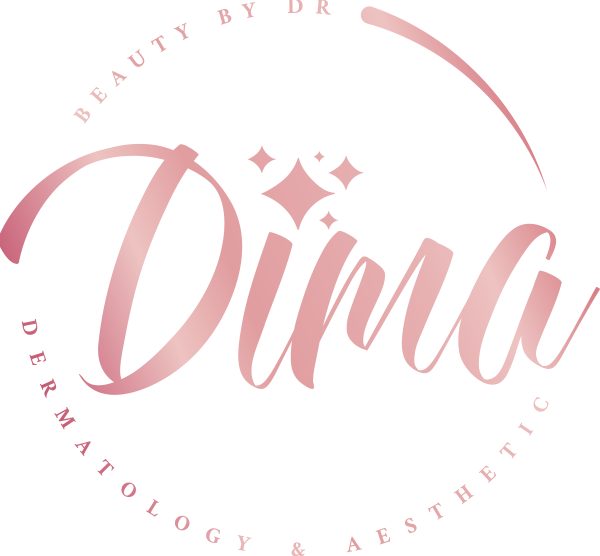
MICRONEEDLING
Microneedling with Radiofrequency
The field of cosmetic medicine has evolved significantly, driven by the global shift towards the intersection of medicine and fashion. At Dr. Dima Ahmad’s clinic, we are committed to providing the best cosmetic medical services, such as microneedling with radiofrequency, which has taken microneedling to another level.
Microneedling with radiofrequency treatment involves using fine needles to puncture the skin, stimulating blood circulation in the skin and its deeper layers. This, in turn, encourages the skin to produce more collagen and elastin, which are common goals in various cosmetic procedures in the world of cosmetic medicine.
By combining microneedling with radiofrequency, the treatment enables the effects of needle puncture to penetrate deeper layers through the creation of specific pathways. This results in more significant stimulation of collagen production, leading to better outcomes and more youthful skin.
Conditions Treated with Microneedling and Radiofrequency
At Dr. Dima Ahmad’s clinic, we provide microneedling with radiofrequency treatment for various skin issues, and many experiments have shown the ability of this procedure to address the following:
- Reducing deep and visible wrinkles, especially signs of early aging.
- Treating cellulite accumulation or stretch marks, particularly after pregnancy or rapid weight loss.
- Minimizing the appearance of pores in the skin and giving it a firmer look.
- Helping to eliminate acne scars, even the deep ones.
- Improving the appearance of loose skin and stretch marks on various parts of the body.
Cases to Avoid Microneedling with Radiofrequency
There are certain situations in which this type of treatment should be avoided, including:
- Pregnancy: Microneedling with radiofrequency should be avoided during pregnancy to prevent potential risks to the fetus.
- Acute Skin Diseases: If you have acute skin conditions like skin infections or rashes, it’s advisable to delay treatment until the skin has healed.
- Infections: Avoid treatment in areas with active infections to prevent the spread of the infection.
- Blood Disorders: If you have bleeding disorders or are taking anticoagulants, you may need to avoid microneedling with radiofrequency.
- Allergies: If you have severe allergies to the metals used in microneedling or the materials used in radiofrequency treatment, it’s best to avoid this procedure.
- Cancerous Tumors: In the presence of cancerous tumors in the targeted area, microneedling with radiofrequency should be avoided.
- Poor Healing or Scarring History: If you have a known history of keloid formation or poor wound healing, microneedling with radiofrequency may not be suitable for you.

Question & Answer
Microneedling with radiofrequency may cause some discomfort, which is why we apply local anesthesia to the face about 15 to 30 minutes before the procedure to ensure the patient’s comfort.
Typically, a session takes 30 minutes to an hour.
After the procedure, it’s recommended to apply ice packs to reduce swelling and discomfort, use sunscreen when going outside, and apply antibiotic creams as advised by the doctor. Avoid makeup for at least 48 hours after the procedure.
Most cases require at least three sessions, with results typically becoming noticeable over 3 to 6 months.